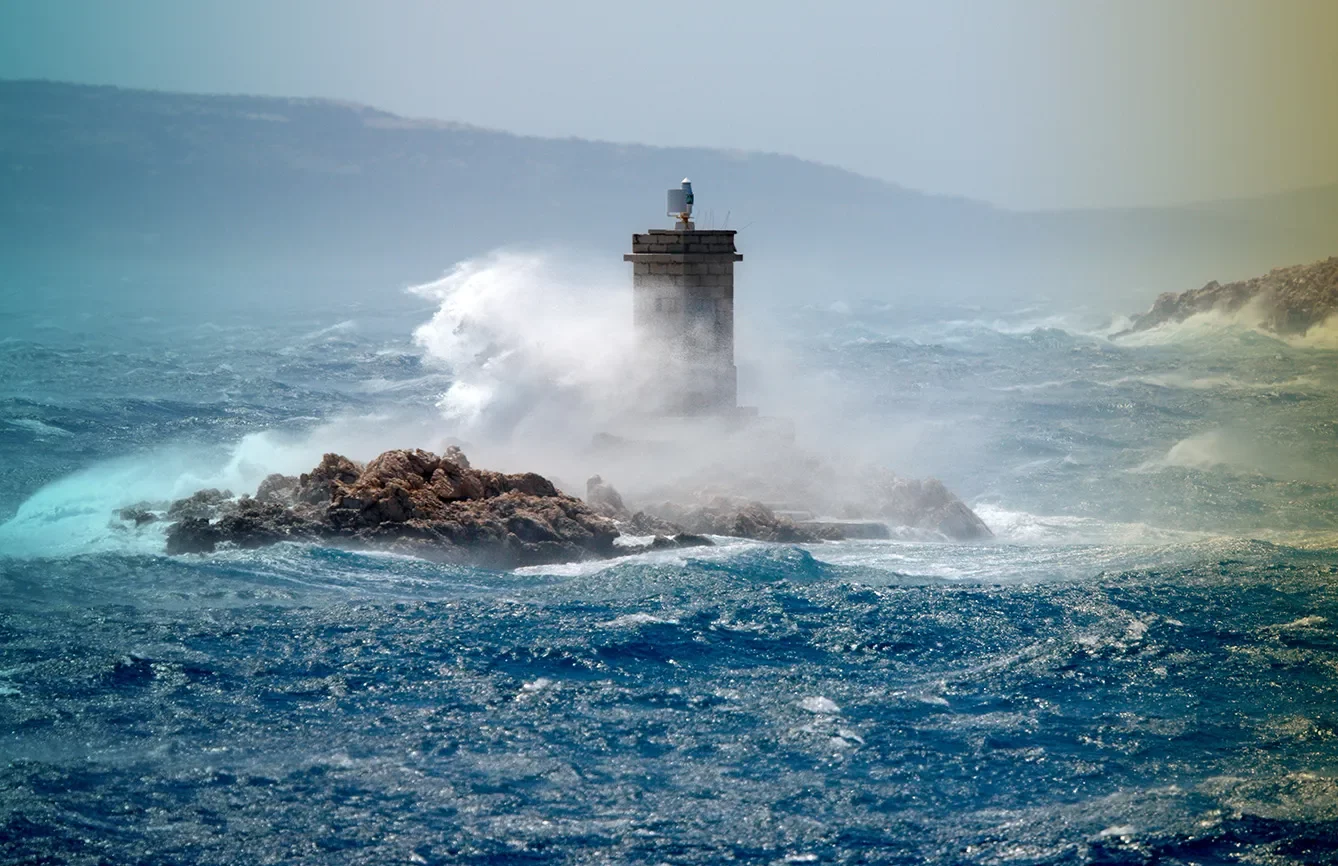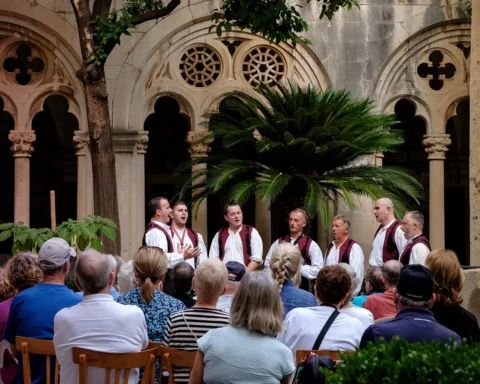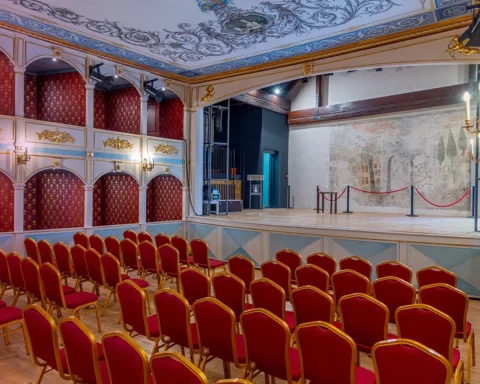This strong wind regularly blows from the northeast onto the Adriatic region of Italy, Slovenia, and Croatia, especially during the winter. The cold air crosses the mountain range that separates two climatic zones and descends to the coast gaining incredible power. It can reach hurricane force with speeds of over 200 km/h.
The cold breath of the gods
The name “bora” comes from the Greek god Boreas. He was one of the seasonal wind gods, collectively called the Anemoi. The mythological Boreas was responsible for winter and winter storms caused by his icy breath. According to legend, as soon as the wind (god) arrives, the temperature drops significantly.
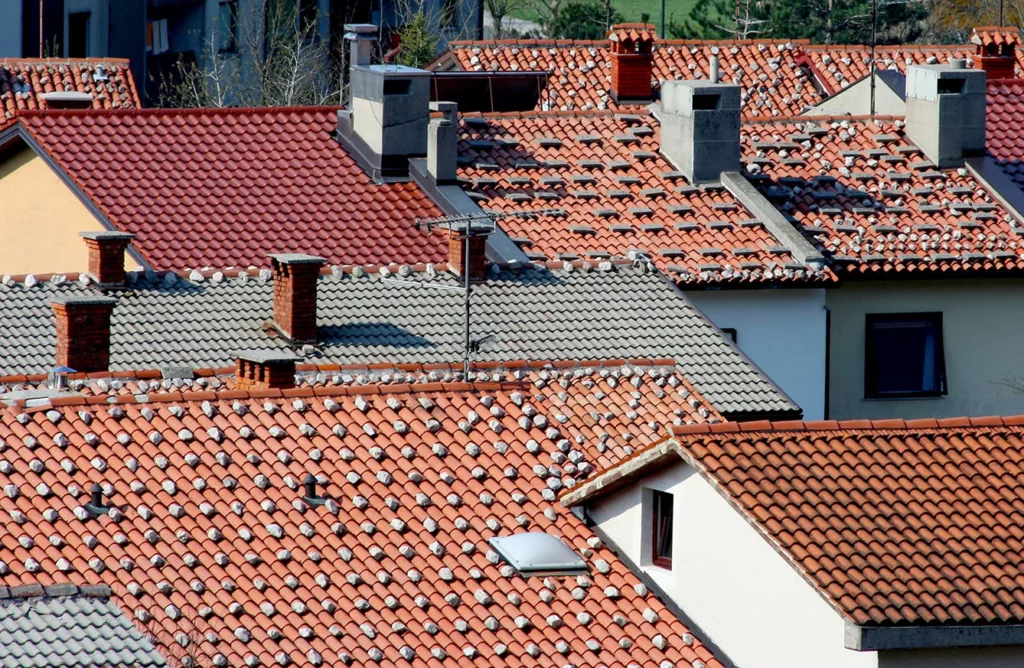
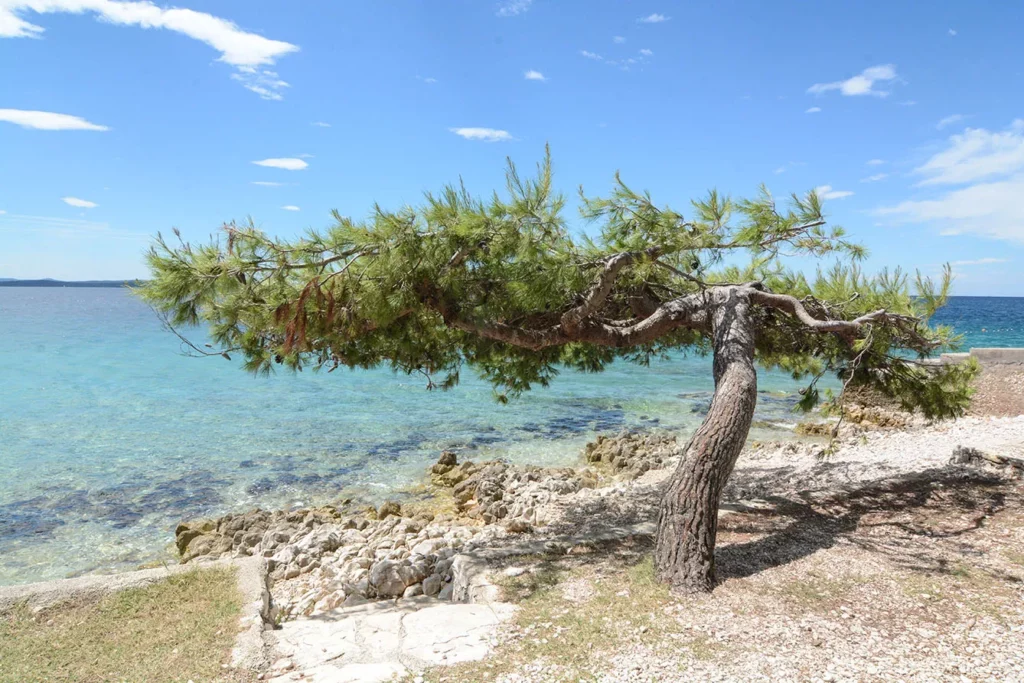

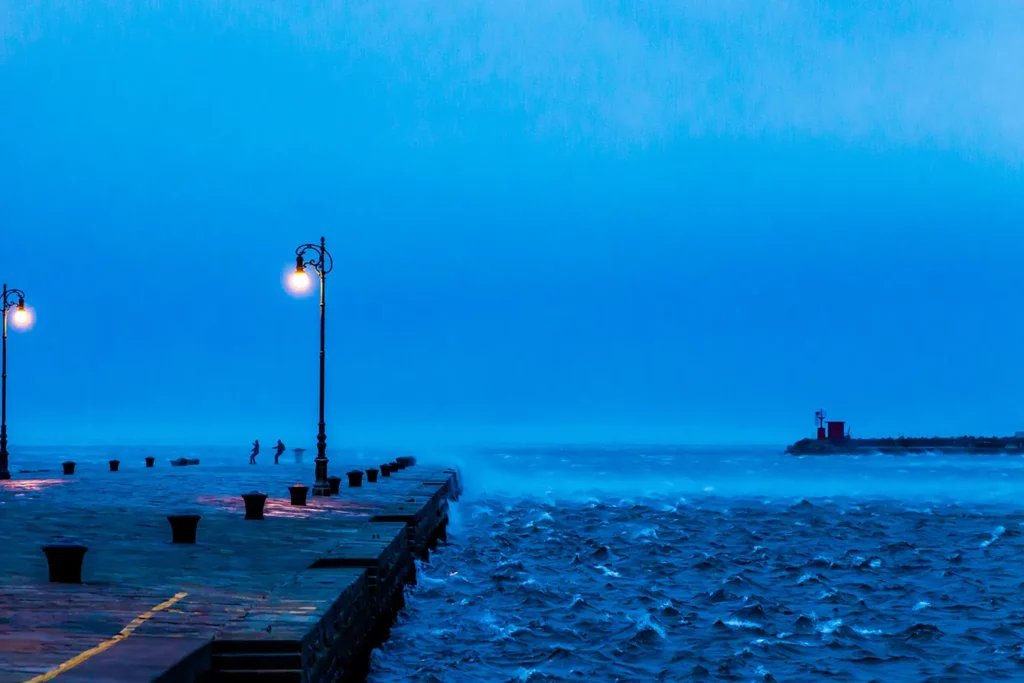
According to another legend, it was the wind that helped settle the battle between the armies of the Roman Emperor Theodosius and his pagan usurper Eugenius, which took place in the Slovenian Vipava Valley in 394 AD. The gusts of burja (as the wind is called there) blew sand and dust in the enemy’s faces and reversed their arrows. It let Theodosius win, symbolically marking the triumph of Christianity in the Roman Empire.
Part of life
However, as severe and ferocious as this element may seem, it has become a welcome part of life in the region, dispersing clouds and usually leaving fair weather behind. The local architecture is designed to withstand the gusts – the streets are narrow, the traditional houses usually have small or no windows in their northern walls, and the doorways are located on the southeast. Some old buildings still have their roof tiles weighted down with rocks for protection.
Also, the landscapes of the regions visited by the god Boreas are very characteristic. Fierce winds have stripped the land down to bare rocks, so soil and plants cannot take hold. Trees are characteristically bent, often devoid of leaves and fruit on the windy side.
Yet, the region’s residents seem unconcerned by the winds to such an extent that jokes are made about them. For example, there is a humorous wind scale: at 50 km/h, the locals like to open the windows to ventilate their houses; at 80 km/h, they send the kids out to grab some fresh air; they consider it “little windy” only when the wind speed reaches more than 100 km/h.
Secret ingredient
For farmers, bora is more than just a wind. It is a secret ingredient of traditional food – it keeps grapes dry and safe from mold, so spraying them with pesticides or fungicides is unnecessary. Therefore it is believed that even the wine hangovers are more bearable thanks to Boreas. For “windy wine,” you can also taste “windy food” in the area. Unlike the famous smoked Friulian prosciutto, hams produced in the Adriatic region are often wind-dried. It is supposed to give the meat its unique character with the particular fragrance of the wind and the sun.
There used to be particular bora seasons – usually mainly in winter, but due to climate change, strong winds appear more often also in other seasons. Sometimes unpredictable, literally out of the blue. Careful observers can recognize the arrival of a storm by the typical white clouds called hats that gather over the mountain tops. It’s an undeniable signal that the wind god is coming and is about to mess around. You can meet him to get to feel his energizing spirit, but always remember about safety – he can be really ferocious.


